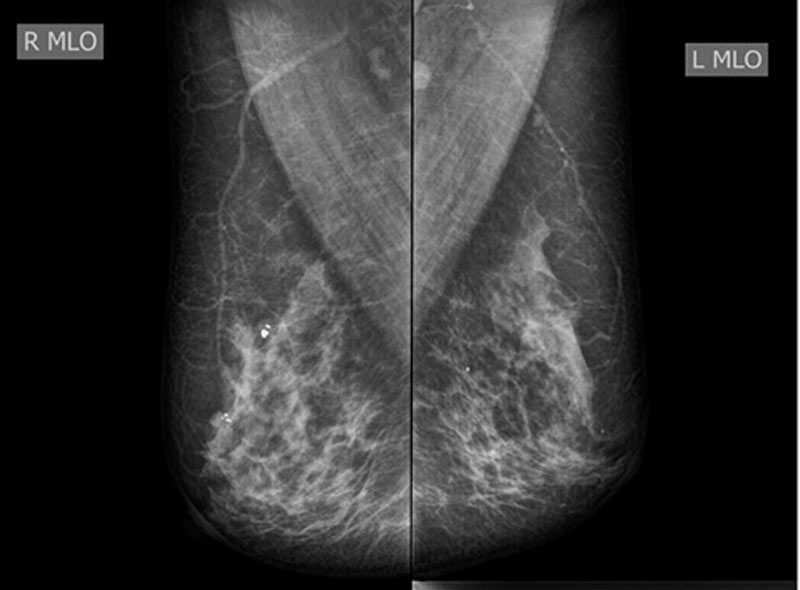
What Doctor Treats Adrenal Gland Disorders
The adrenal glands, located above your kidneys, play a vital role in your well-being. They produce hormones that regulate various bodily functions, including blood pressure, metabolism, and stress response. However,







